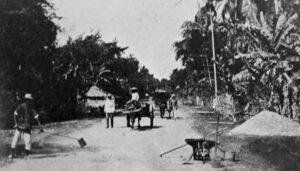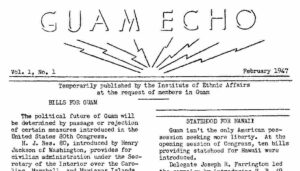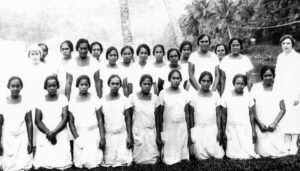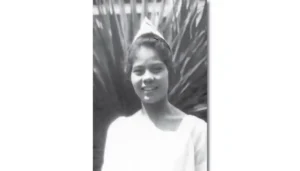
US Naval Era Governors: Contributions and Controversies
Following the conclusion of the four-month long Spanish-American war in 1898, Guam was placed under the control of the United States Department of the Navy

Following the conclusion of the four-month long Spanish-American war in 1898, Guam was placed under the control of the United States Department of the Navy

Early Guam newspapers. Two publications that emerged during the US Naval Administration of Guam (1898-1941) were the Guam Eagle and the Guam Echo. The Guam

The United States began its colonial administration of Guam in 1898. Today, Guam remains a colony of the US as an unincorporated territory. Because of

Maria Anderson Roberto, born in 1880, was a CHamoru woman who had been employed as a chaperone for the Native Nurses program in Guam from

Mariana Leon Guerrero Lujan (1914 – 2006) was one of a cadre of dedicated educators who began teaching during the US Naval Era (1898-1941). Before

Traditional weaver. Although weaving was once a practice in which nearly all CHamorus participated, a select few have been singled out over the past few

Gertrude Costenoble Hornbostel (1893 – 1982) was born on 20 December 1893, in Reinfelden, Switzerland, to Gertrude Blum and Ludwig Wilhelm Herman Costenoble. In 1903

Lucia Fernandez Torres (1933 – 2007) was a recognized Master of the traditional folk art of weaving. An advocate of the importance of cultural traditions,

Amanda Pangelinan Guzman Shelton (1906-1982) was one of a handful of native Chamorro nurses who worked at the Naval Hospital in Hagåtña in the early

Segundo Blas (1917 – 2004) was one of the most respected and well-known traditional woodcarvers to emerge from the Mariana Islands in the 20th century.